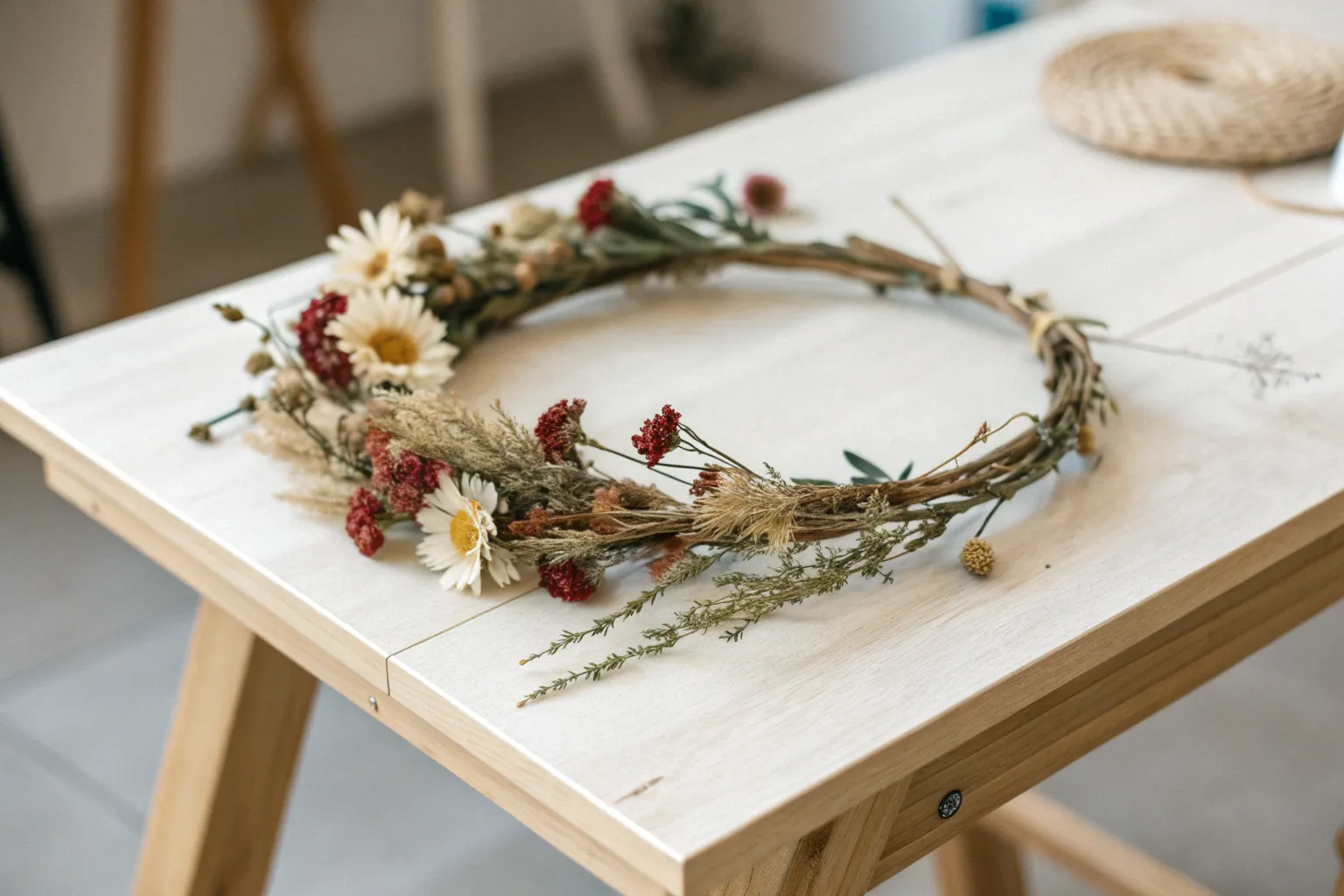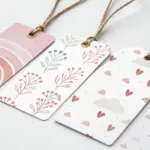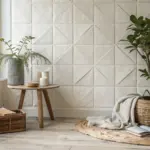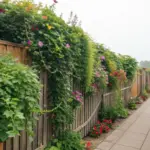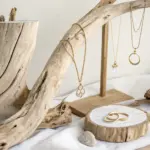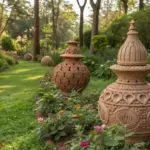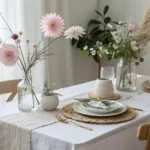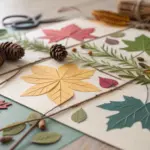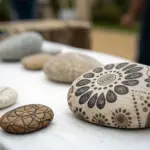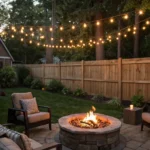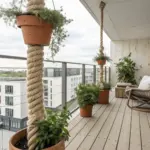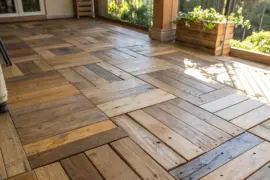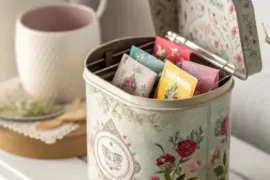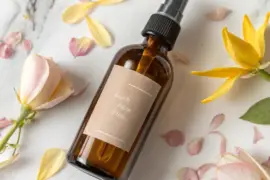Creating a flower crown using dried blooms represents the evolution of traditional headpiece design into a sustainable, long-lasting accessory. This comprehensive guide provides both the techniques and inspiration needed to craft a beautiful wire-based crown that combines modern aesthetics with eco-conscious materials.
Understanding Dried Flower Preservation
The foundation of any successful flower crown lies in properly preserved materials. Silica gel drying has emerged as the superior method for maintaining both color vibrancy and structural integrity in dried flowers. This technique involves surrounding fresh blooms with crystalline desiccant particles that rapidly extract moisture while preserving three-dimensional form.
For optimal results, select flowers at their peak bloom stage. Lavender, eucalyptus, baby’s breath, statice, and globe amaranth consistently perform well in dried arrangements due to their natural low moisture content and sturdy petal structure. These varieties maintain their shape and color intensity throughout the preservation process.The glycerin preservation method offers an alternative approach for maintaining suppleness in foliage elements. This process involves replacing natural plant fluids with a stabilizing solution, allowing leaves to retain flexibility while preventing brittleness that often occurs with traditional air-drying methods.
Wire Frame Construction Fundamentals
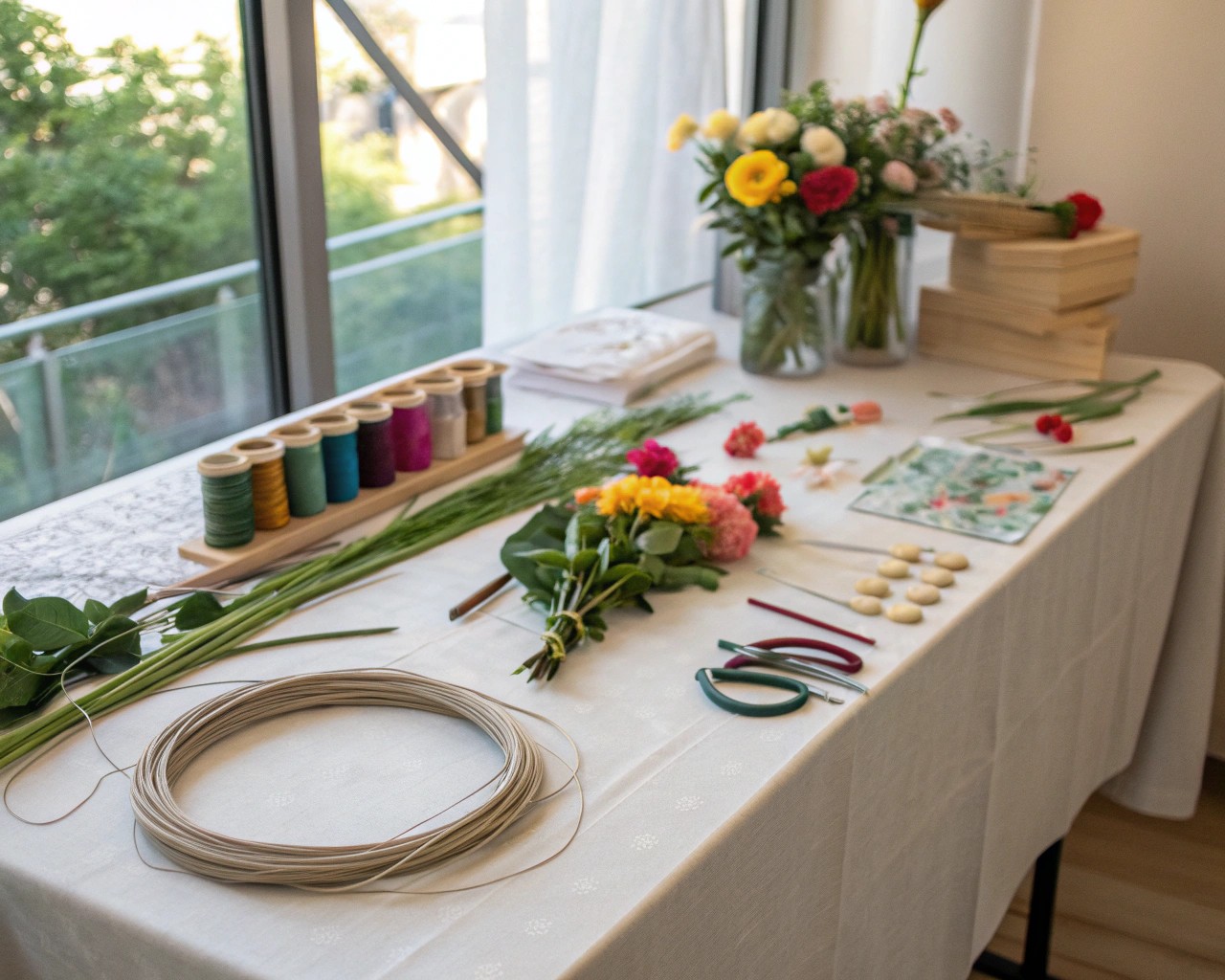
The structural foundation determines both the comfort and durability of your finished crown. 14-gauge wire provides optimal strength for the primary frame without creating excessive weight, while 22-gauge wire works effectively for attaching individual flower stems.
Begin by measuring your head circumference, adding approximately two inches for adjustment capability. Create the base loop by overlapping wire ends and securing with floral tape. The tape serves dual purposes: preventing sharp edges from contacting skin and providing a textured surface that helps flowers adhere more securely. Loop construction at both ends of your wire allows for ribbon threading, creating an adjustable closure system. This approach eliminates the rigid circumference limitations of permanently joined circles, accommodating different head sizes and hairstyles comfortably.
Flower Selection and Preparation
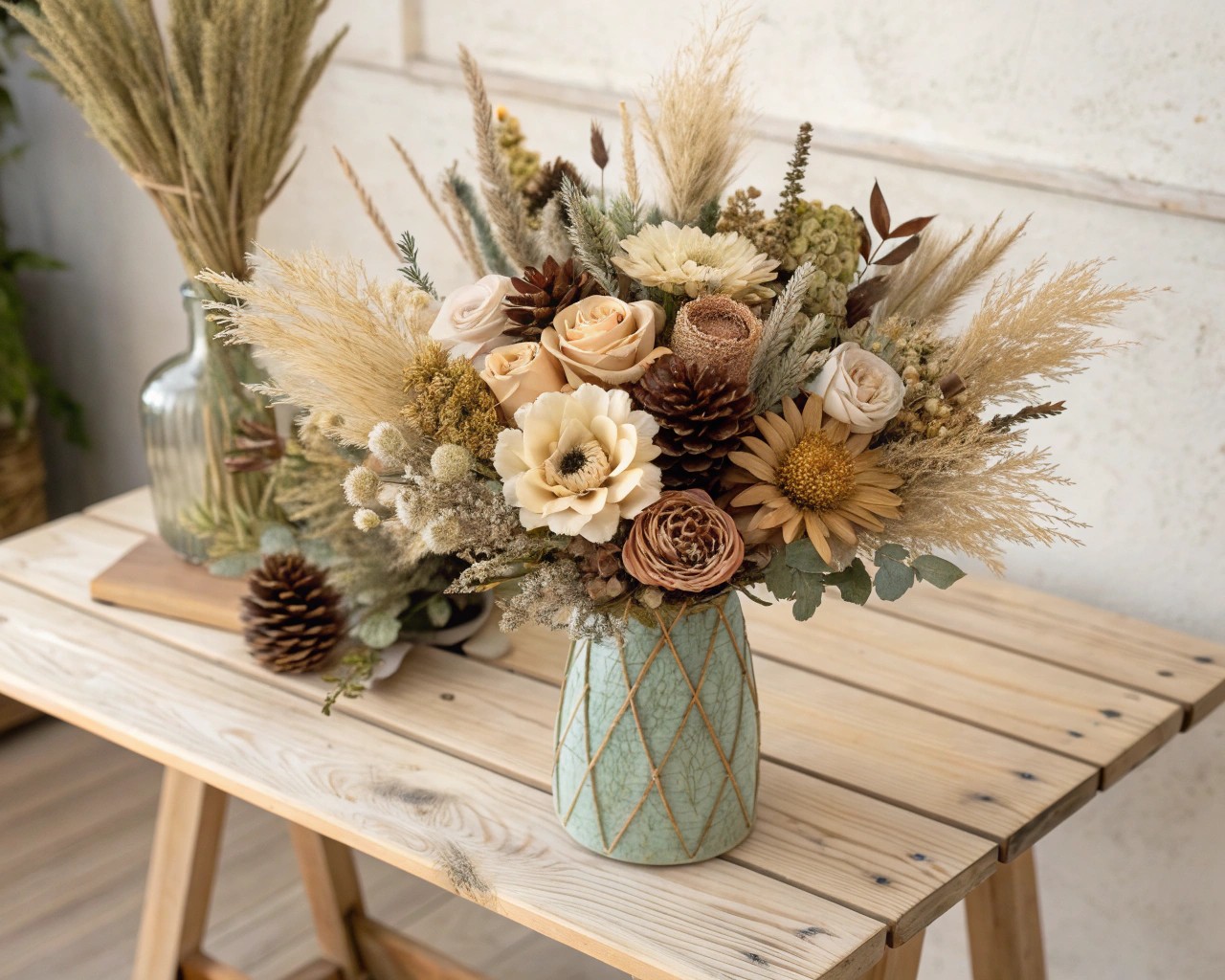
Modern flower crown design emphasizes textural contrast and color harmony rather than overwhelming abundance. Combine different bloom sizes and shapes to create visual interest: use larger focal flowers like dried roses or peonies sparingly, balanced with abundant filler materials such as baby’s breath or dried grasses.
Stem preparation significantly impacts construction efficiency. Trim all stems to approximately 2-3 inches, removing excess foliage that might interfere with wire wrapping. When working with delicate dried materials, handle stems gently to prevent breakage at attachment points.
Color palette selection should consider both personal preference and intended use environment. Muted earth tones – sage greens, dusty roses, cream, and lavender – photograph beautifully and complement most skin tones and hair colors naturally.
Step-by-Step Construction Process
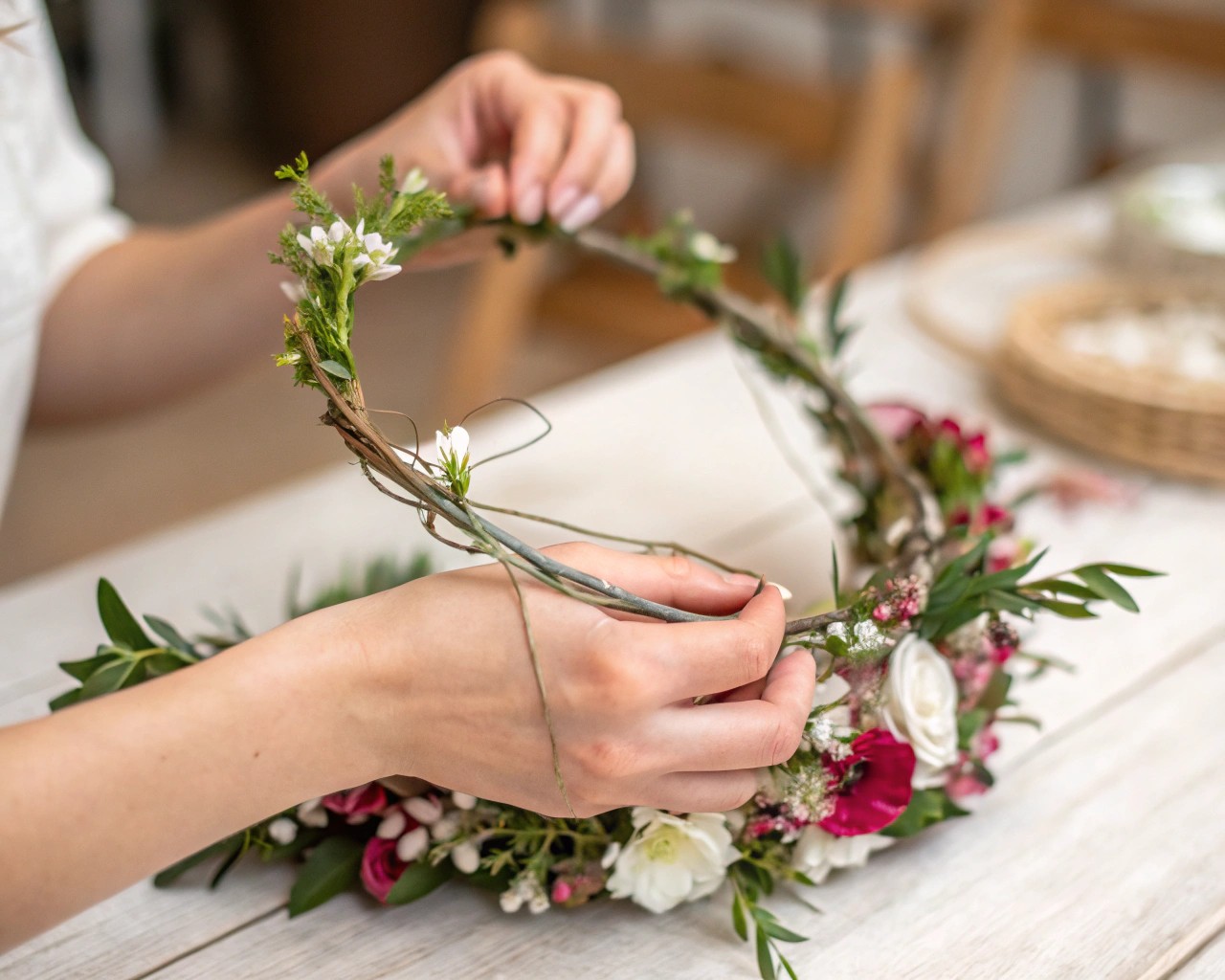
Base Preparation
Create your wire foundation by forming a comfortable head-sized circle. Wrap the entire frame with floral tape, stretching slightly as you wind to activate the adhesive properties. This creates a unified base that conceals the wire completely.
Flower Attachment Technique
Begin attachment at the crown’s intended back position, working systematically around the circumference. Hold each stem against the wire base at a slight downward angle, securing with 22-gauge binding wire. Wrap the binding wire around both stem and base wire 3-4 times, ensuring tight contact without over-compression that might damage delicate dried materials.
Layer progressively as you work around the frame. Each new addition should partially cover the attachment point of the previous element, creating seamless coverage that conceals all construction mechanics.
Finishing Details
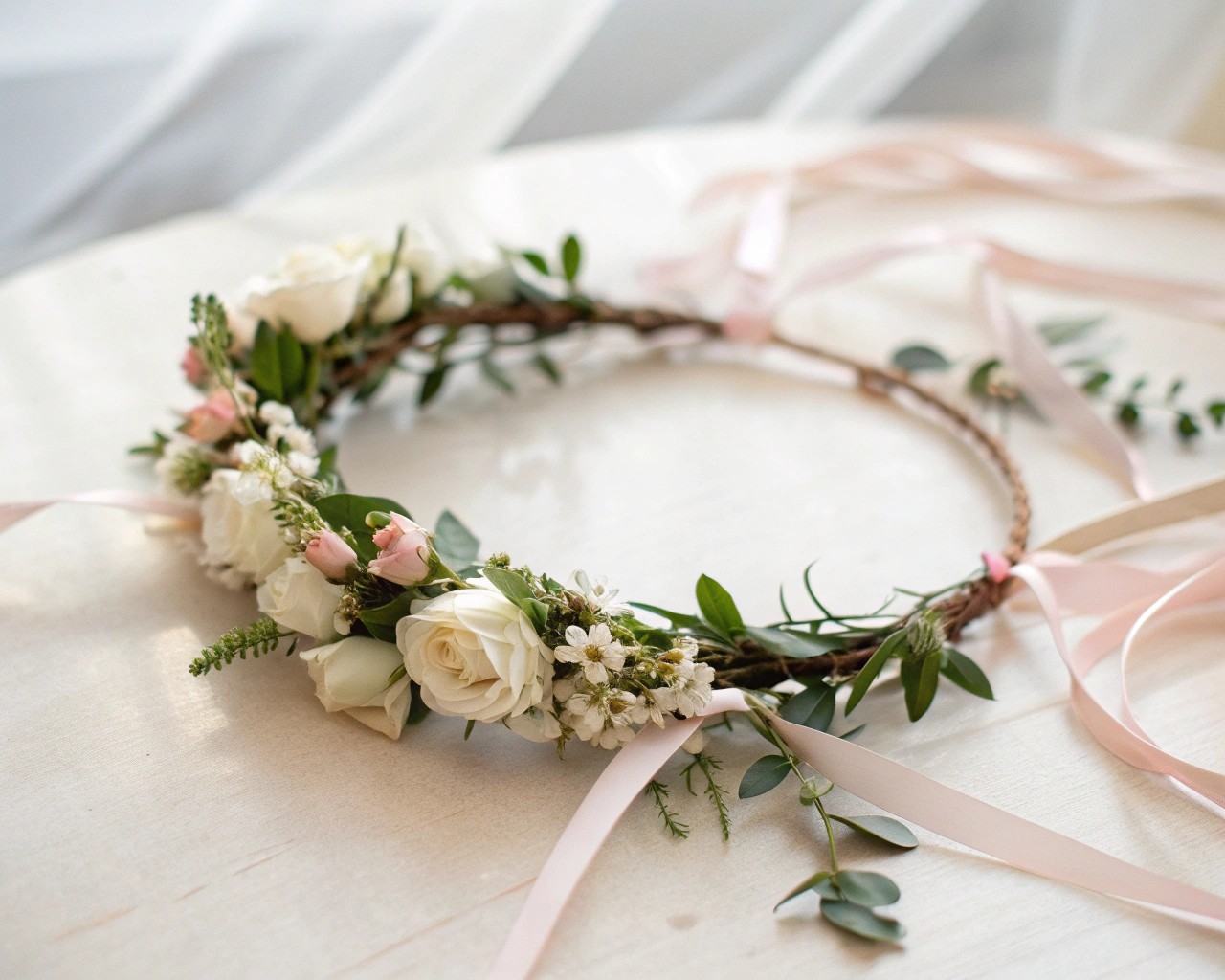
Complete the circle by carefully tucking final stems beneath the first attached elements. Add ribbon ties through the prepared loops, selecting colors that complement but don’t compete with your chosen flower palette.
Design Variations and Styling Options
Minimalist approaches using single flower varieties create sophisticated, editorial-style pieces perfect for photography or special events. A crown constructed entirely from eucalyptus branches or lavender stems offers understated elegance with maximum impact.
Asymmetrical designs concentrate floral elements on one side of the crown, creating dramatic visual weight that photographs beautifully from profile angles. This approach works particularly well when incorporating larger preservation pieces or when designing for specific hair styling needs.Seasonal adaptations allow crown designs to reflect natural cycles and availability. Spring crowns might emphasize cherry blossoms and tulips, while autumn versions could incorporate dried hydrangeas and ornamental grasses with burgundy accents.
Maintenance and Storage
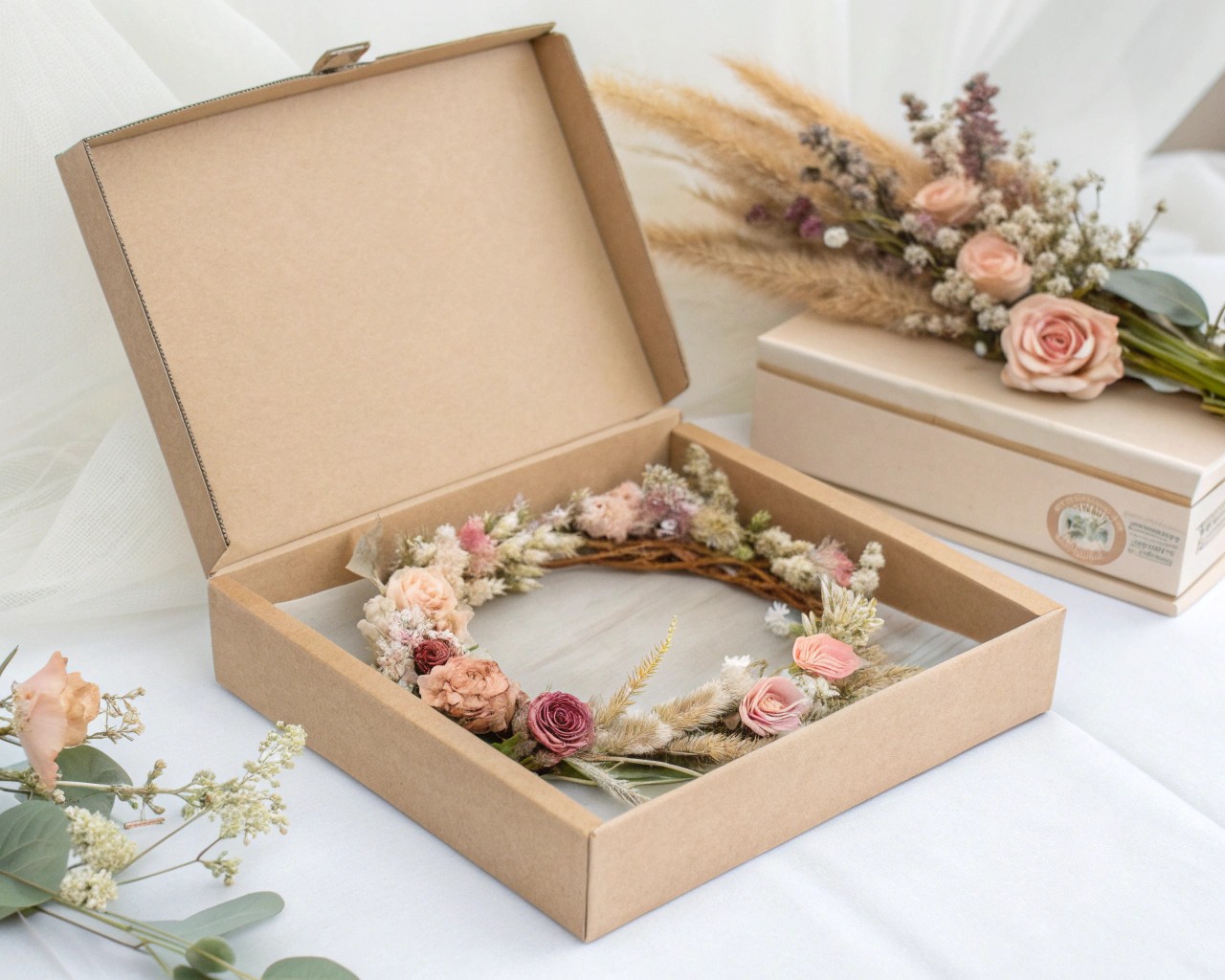
Proper storage extends crown lifespan significantly. Store completed pieces in breathable containers away from direct sunlight and humidity extremes. Cedar sachets or silica gel packets placed nearby help maintain optimal moisture levels without direct contact with delicate materials.Refreshing techniques can restore appearance after storage or transport. Gently steam individual elements using a garment steamer held at arm’s length, allowing natural oils to redistribute and refresh fragrance in aromatic varieties like lavender or eucalyptus.
Sustainability Considerations
Creating flower crowns with dried materials aligns with eco-conscious crafting principles. Preserved flowers eliminate waste associated with fresh arrangements while providing lasting beauty that justifies the time investment required for construction.
Local sourcing reduces transportation environmental impact while supporting regional growers. Many areas offer u-pick flower farms or farmer’s market vendors selling stems specifically for drying and preservation.
Reusability represents another sustainable advantage. Well-constructed wire frames can be refreshed with new seasonal materials, extending their functional life across multiple occasions or style preferences.
This approach to flower crown construction bridges traditional techniques with contemporary sustainability values, creating accessories that honor both craftsmanship and environmental consciousness. The combination of preserved natural materials with durable wire construction results in pieces that maintain their beauty far beyond the fleeting life of fresh alternatives.

